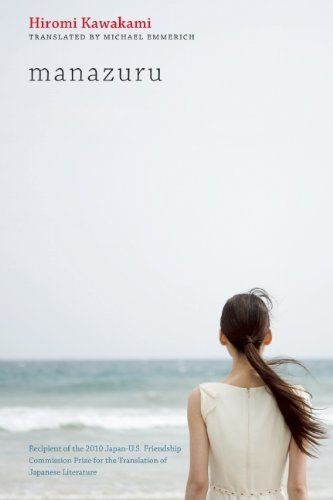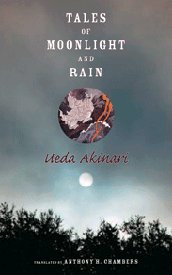Author: Hiromi Kawakami Translator: Michael Emmerich U.S. publisher: Counterpoint ISBN: 9781582436005 Released: August 2010 Original release: 2006 Awards: Art Encouragement Prize, Japan-U.S. …
Tales of Moonlight and Rain
Author: Ueda Akinari Translator: Anthony H. Chambers Publisher: Columbia University Press ISBN: 9780231139137 Released: December 2008 Original release: 1776 Awards: Japan-U.S. Friendship …

